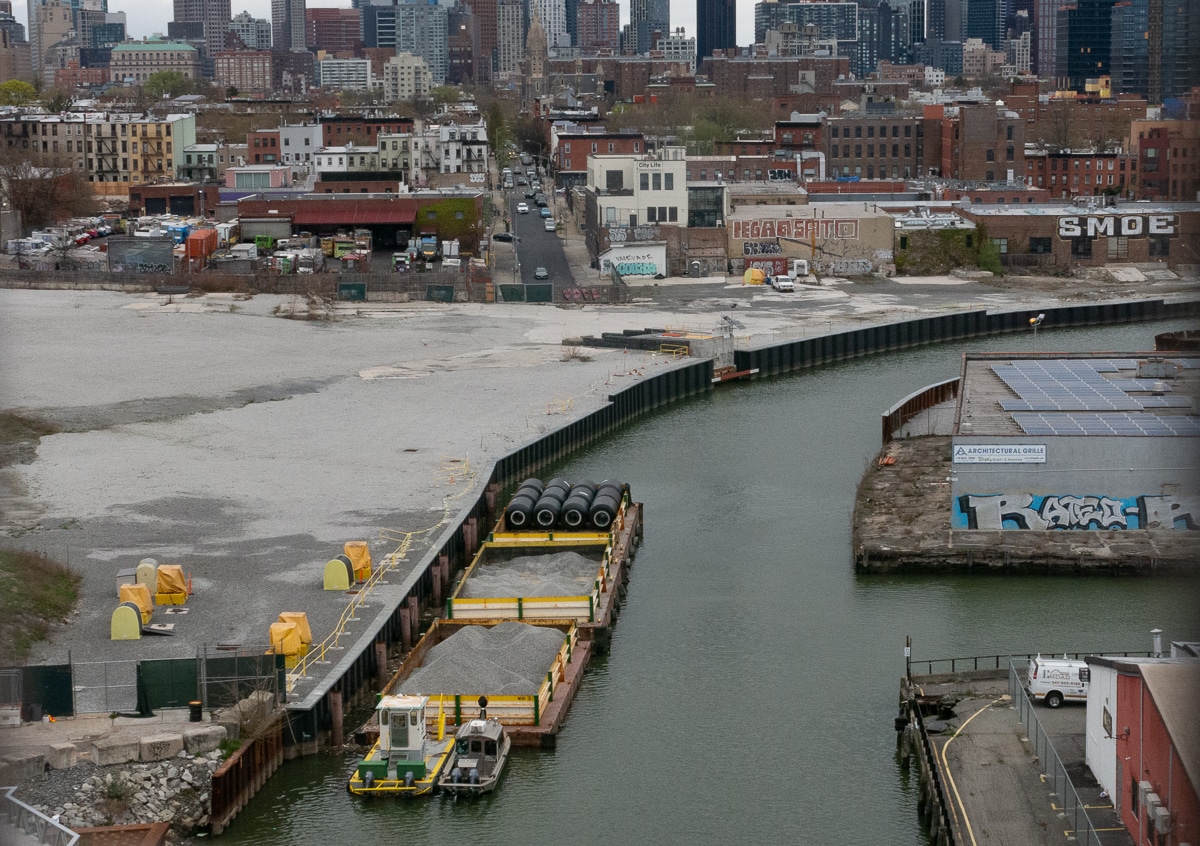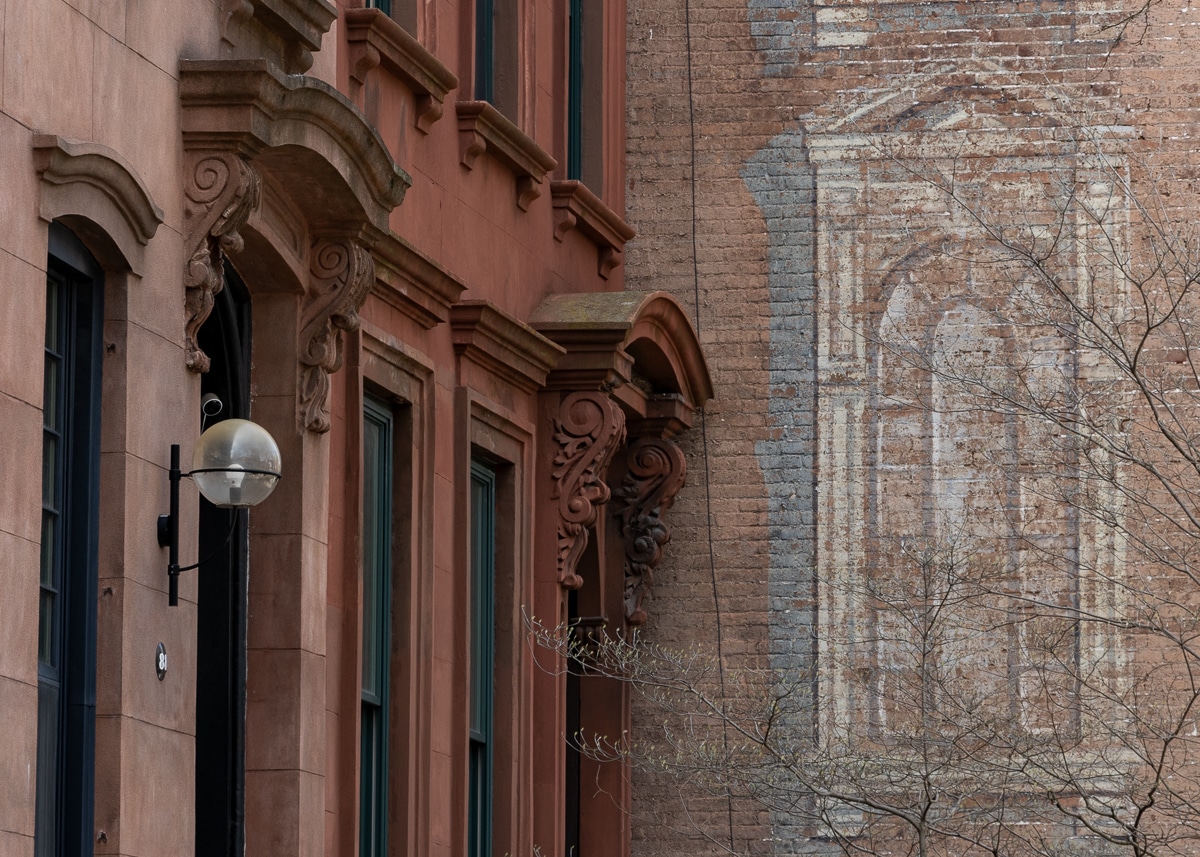Building of the Day: 39-43 Cambridge Place
Brooklyn, one building at a time. Name: Row houses Address: 39-43 Cambridge Place Cross Streets: Gates and Greene Avenues Neighborhood: Clinton Hill Year Built: Around 1867 Architectural Style: Anglo-Italianate Architect: (Builder) William Montgomery Landmarked: Yes, part of Clinton Hill HD (1981) The story: The time was right after the Civil War, the late 1860s. Brooklyn, like…

Brooklyn, one building at a time.
Name: Row houses
Address: 39-43 Cambridge Place
Cross Streets: Gates and Greene Avenues
Neighborhood: Clinton Hill
Year Built: Around 1867
Architectural Style: Anglo-Italianate
Architect: (Builder) William Montgomery
Landmarked: Yes, part of Clinton Hill HD (1981)
The story: The time was right after the Civil War, the late 1860s. Brooklyn, like much of the industrialized North, was in full-scale recovery mode, with new industries, businesses, and workers calling the city home. Clinton Hill was also growing, as were the neighborhoods closer to the waterfront, like Brooklyn Heights, Cobble Hill, Boerum Hill, and Fort Greene, causing people to move out further east, along the Fulton Street corridor, which was well served by public transportation.
When the streets in the area were laid out, Cambridge Place was called Ryerson Street, after an early settler. Ryerson became Trotter Street, after Jonathan Trotter, a wealthy leather merchant who became Brooklyn’s mayor between 1835 and 1837. As Clinton Hill was being developed into a growing upper middle class and wealthy area, streets were renamed after well-known posh streets in London, to give the areas instant class. Oxford Street, Portland, Clermont, Downing, Adelphi, Cumberland, and Cambridge: all names of streets in wealthy parts of London. Cambridge Street in London was one of the famous terrace blocks lining Regency Park, and since row houses were our version of terrace houses, well…
The Anglo-Italianate style is very common in Clinton Hill. It’s a variation of the popular Italianate; usually narrow, with round arched windows and doors. The biggest difference in features is the much smaller stoop, usually only a step or two, often with a porch. These houses are classic Anglo-Italianates. Originally these houses were part of a much longer group, which probably stretched from 39 to 49, a total of six houses. Today, 45 is gone, and 47-49 are barely recognizable as being in the same group. These three at 39-43 Cambridge Place still have their original porches, amazingly enough, with turned posts and segmented arched screens. The ones at 39 and 41 have the most original detail remaining, showing how lovely this group must have been when built.
This was once quite an upper-class block, and all the homes here belonged to professional and successful upwardly striving people. The first occupant of 43 Cambridge Place was Henry Austin Tweed, a belting manufacturer. Number 41 was home to a clerk named Chauncey B. Hancock. Cornelius Fuller, occupation unknown, was the first resident at 39. All up and down their block were manufacturers, brokers, lawyers, clerks and civilian bureaucrats at the Navy Yard. It was, and still is, a lovely, interesting and historic block. GMAP











What's Your Take? Leave a Comment